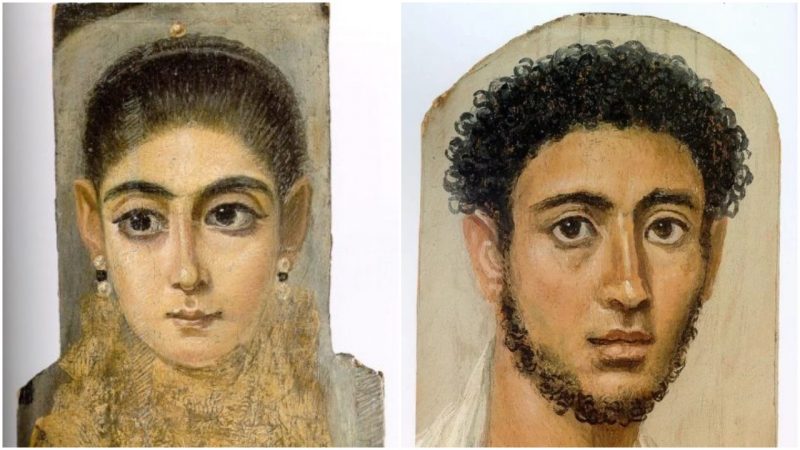With the help of art, we can sometimes learn how our ancestors looked, lived, loved, and suffered, and that particularly resonates when we take a look at the ancient Egyptian Fayum portraits used for burials. These works are compelling proof of a real mastery of painting in ancient times.
Stunning for their startlingly realistic depictions of Egyptian faces, these particular portraits were typically done on wooden panels. Many of the paintings are dated to the first century A.D., while their production would have ceased around the mid-3rd century.
At this point, Egypt was past its pharaonic days and under the reign of the Roman empire. There is debate over the racial origins of earlier Egyptian dynasties; however, these paintings were believed to have been made after the death of Cleopatra, the last active ruler of the Ptolemaic kingdom.
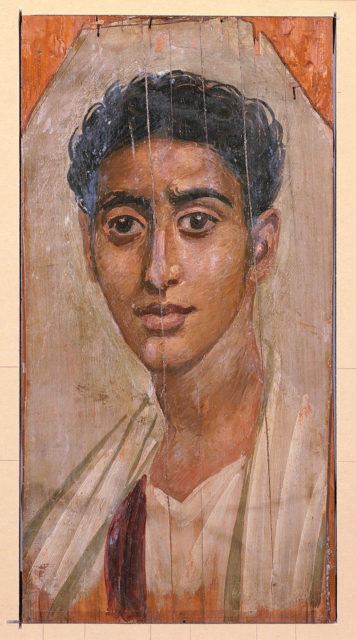
The burial portraits were painted with tempera and wax on the wooden boards, after which they were attached to the mummies. They covered the faces of the departed as their bodies were prepared for burial. The portrait was attached with bands of cloths, the same used for wrapping up the bodies.
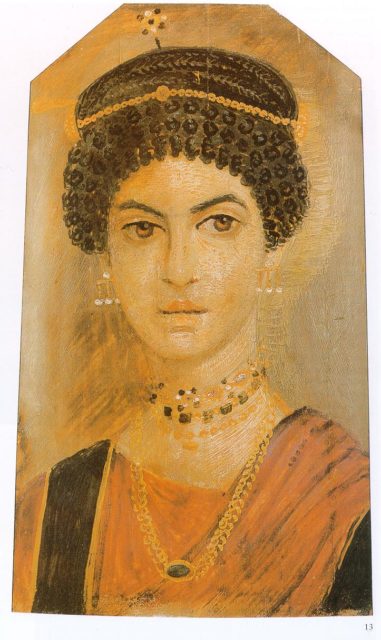
For a long time, scholars were unsure how to correctly classify these works; while one group insisted they were a genuine Egyptian tradition, another asserted they had more to do with Greco-Roman traditions. The consensus suggests the portraits derived from the latter.
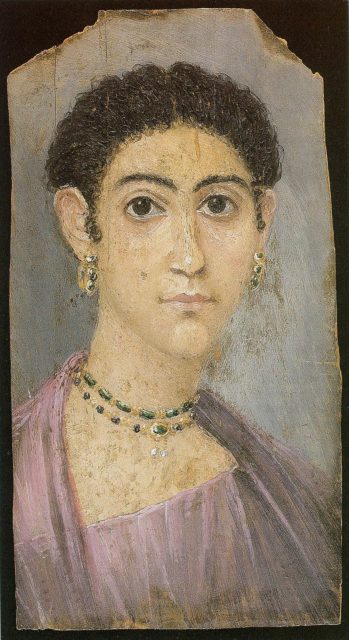
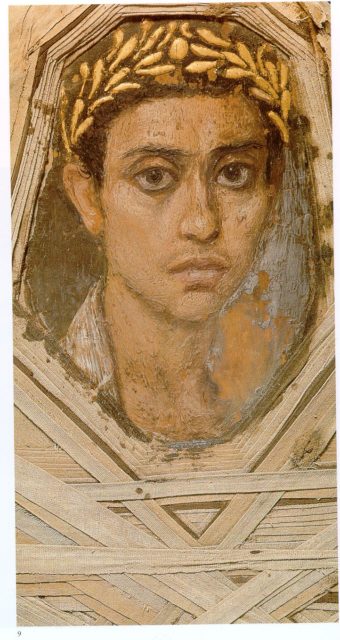
There are over 900 examples of Fayum portraits housed in various collections and museums all around the world, including the Louvre in Paris, the British Museum in London, and New York’s Metropolitan Museum of Art.
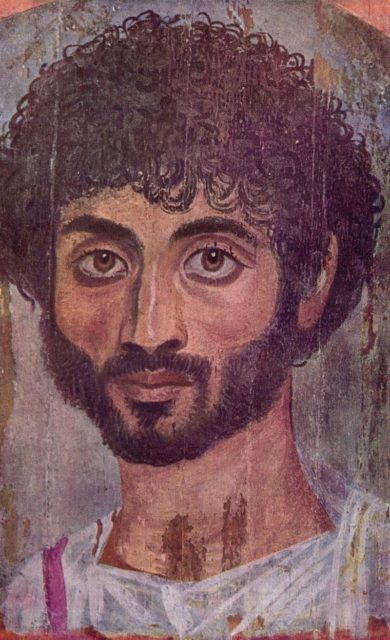
At the end of the 19th century, it was a British-born archaeologist, Flinders Petrie, who came across the first assembly of these lifelike portraits. He made the find while exploring a large necropolis at Fayum, just 62 miles from modern-day Cairo. The location of the graves was dated to the 1st and 2nd centuries A.D., and Petrie managed to retrieve some 150 portraits from there, the Smithsonian writes.
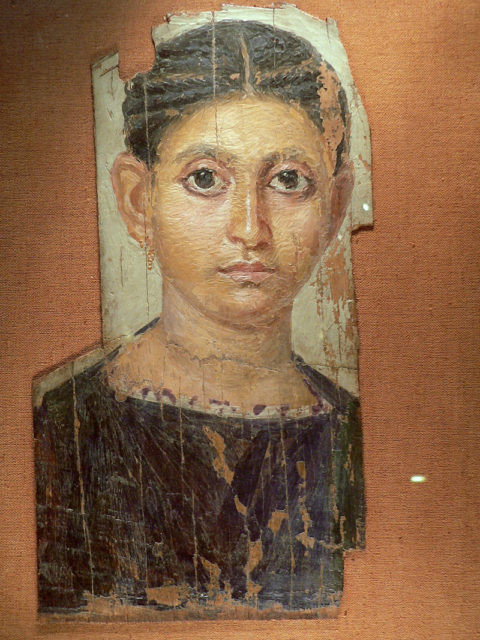
The portraits picked up the name of the geographic location of this first significant discovery; however, the naming instead stuck for stylistic reasons. The naturalistic qualities of these portraits have provided an unprecedented opportunity to analyze faces from 2,000 years ago. According to some art historians, these portraits are even regarded as the very first form of modernist painting.
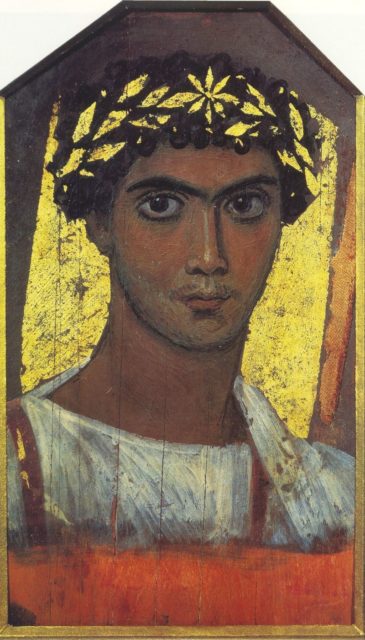
As much as artists have been fascinated by the painting techniques, archaeologists have not missed making closer inspections of them. They have carried out multiple research efforts on these burial portraits.
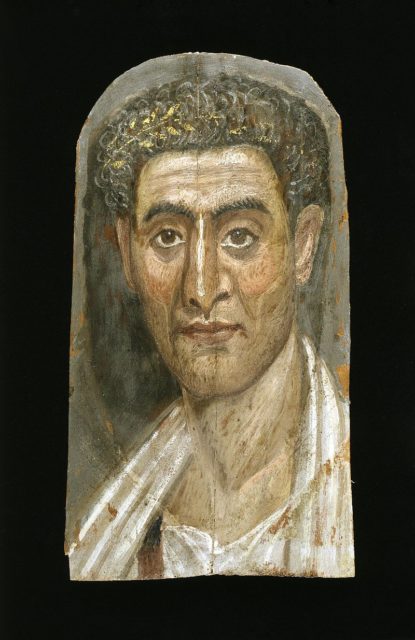
In one such investigation, experts managed to trace the usage of the specific color pigment of Egyptian blue. Though it was not present on each portrait subjected to analysis, the color was still identified, applied beneath other layers of colors. The research made use of novel imaging and color-scanning technologies, and the findings excited everyone as soon as the results were published in August 2015, in the journal Applied Physics A.
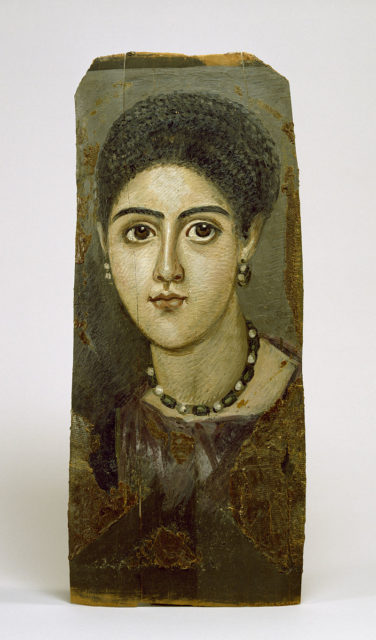
The anonymous ancient painters could have used this pigment for making shades on the people’s faces, or perhaps they were not allowed to use this color, which is why they applied it only beneath other colors.
Some questions are still open concerning these burial portraits; however, they remain frozen fragments of time that allow people of the future to peek into the past.
